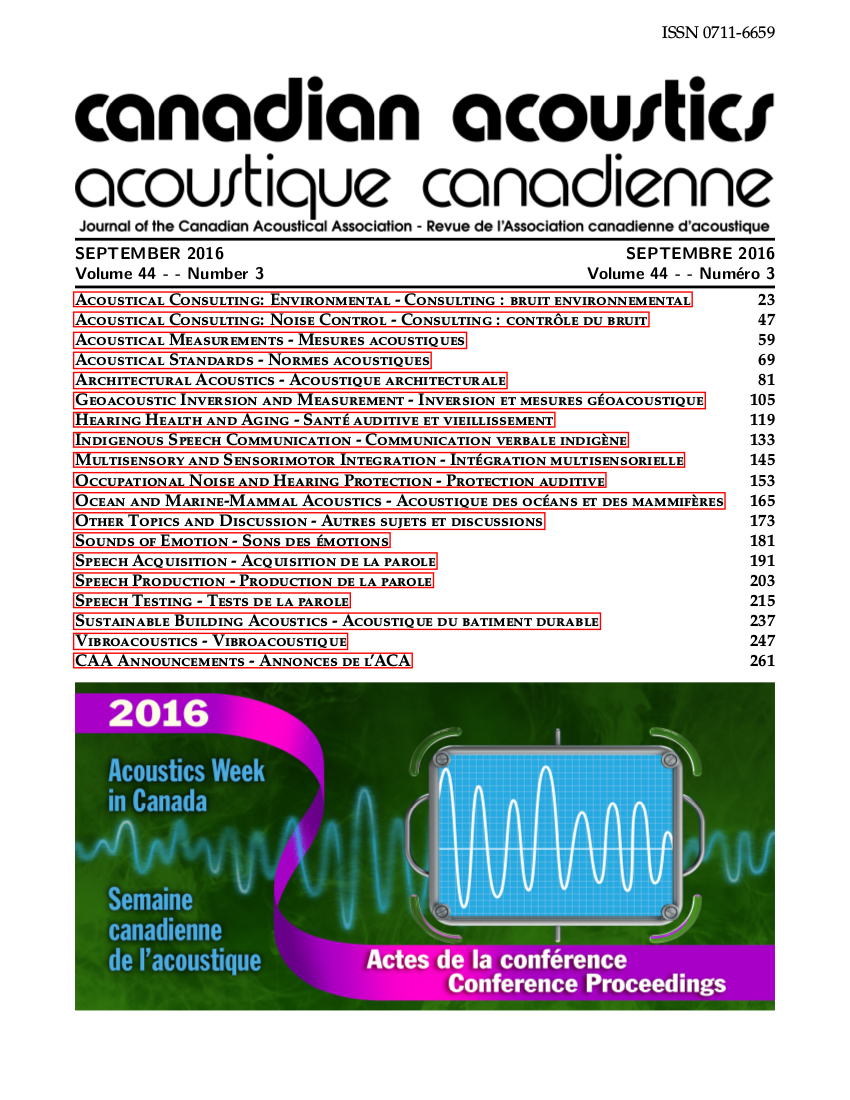Japanese EFL Learners’ production of pronouns and articles in English: Evidence for L2 Prosodic Structures
Abstract
Experimental studies on Japanese speakers of L2 English have revealed that L1 prosodic transfer is observed in the production of lexical accent, duration, and temporal organization across syllables (Ueyama 2000), and syllable structures and isochrony (Kubozono 1989). The whole intonation of L2 English may also be influenced by word order (Nespor et al. 2008) and phrasing (Selkirk & Tateishi 1991, Ito & Mester 2013). But it remains unclear how linguistic categories unavailable in L1 are realized prosodically.
The current study investigated how morphosyntactic components unavailable in L1 Japanese are prosodically realized in L2 English. Twenty Japanese university students (intermediate level) and ten speakers of North American English participated in the study. Their task was to read a short passage aloud. A sample token is shown in the narrative (1).
(1) Some years ago, Mr. Sato had [a very kind student] in [his class]. She had [a pretty name], Aika. [Her classmates] [liked her] very much. Sometimes Mr. Sato [saw her] at school early in [the morning]. In [her hands] [she always had very pretty flowers]. [She [picked them] from [her garden]]. Everyone in [her class] loved [the colorful flowers].
The personal pronouns and articles underlined above, whose equivalents are not available in Japanese, were selected for this acoustic analysis. The pitch and duration of these words and the pause afterwards were measured, the ratios to the relevant noun/verb phrases containing them were calculated, and compared with those of L1 English. The results revealed that the L2 learners tended to produce them with not only higher pitch and longer duration but also longer pause afterwards, resulting in the unexpected intervention of syntactic constituents in the sentences. A further analysis will be provided between L1 and L2 data in order to explore the nature of L1 prosodic transfer.
Additional Files
Published
How to Cite
Issue
Section
License
Author Licensing Addendum
This Licensing Addendum ("Addendum") is entered into between the undersigned Author(s) and Canadian Acoustics journal published by the Canadian Acoustical Association (hereinafter referred to as the "Publisher"). The Author(s) and the Publisher agree as follows:
-
Retained Rights: The Author(s) retain(s) the following rights:
- The right to reproduce, distribute, and publicly display the Work on the Author's personal website or the website of the Author's institution.
- The right to use the Work in the Author's teaching activities and presentations.
- The right to include the Work in a compilation for the Author's personal use, not for sale.
-
Grant of License: The Author(s) grant(s) to the Publisher a worldwide exclusive license to publish, reproduce, distribute, and display the Work in Canadian Acoustics and any other formats and media deemed appropriate by the Publisher.
-
Attribution: The Publisher agrees to include proper attribution to the Author(s) in all publications and reproductions of the Work.
-
No Conflict: This Addendum is intended to be in harmony with, and not in conflict with, the terms and conditions of the original agreement entered into between the Author(s) and the Publisher.
-
Copyright Clause: Copyright on articles is held by the Author(s). The corresponding Author has the right to grant on behalf of all Authors and does grant on behalf of all Authors, a worldwide exclusive license to the Publisher and its licensees in perpetuity, in all forms, formats, and media (whether known now or created in the future), including but not limited to the rights to publish, reproduce, distribute, display, store, translate, create adaptations, reprints, include within collections, and create summaries, extracts, and/or abstracts of the Contribution.


